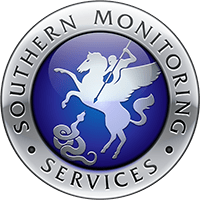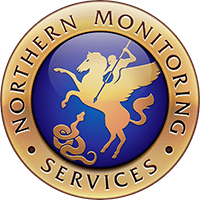There’s a chance you may have come across geofencing already. In truth, there’s probably an even bigger chance that you’ve never heard of it and have no idea what it is. In this short article, we’ll explain what geofencing is and how businesses are utilising this technology to provide solutions to the latest challenges to workplace safety – especially in light of the shifting landscape in how we work after the pandemic.
This article could help anybody who is responsible for knowing the location and movement of their people, managing office space, or providing members of their family or work colleagues with personal safety devices.
What is geofencing?
The evolution of location software has resulted in a myriad of uses that stretch far beyond simply knowing where you are or how to get to where you’re going. Geofencing is one of the latest developments, where a virtual “fence” can be applied in an app or computer program to a real-world location or area.
This “geo-fence” can be placed around a set area, for example, if you’ve ever used a property website to search for a new home and drawn the area you wish to show results within. Boundaries can also be dynamically generated based on a location point and movement around it, like if a retail company wants to send a discount code automatically to shoppers who are near their store.
Geofencing is also being used in security too, by parents using child location apps and by businesses needing to keep track of their assets and the welfare of their employees. We’ll discuss this next…
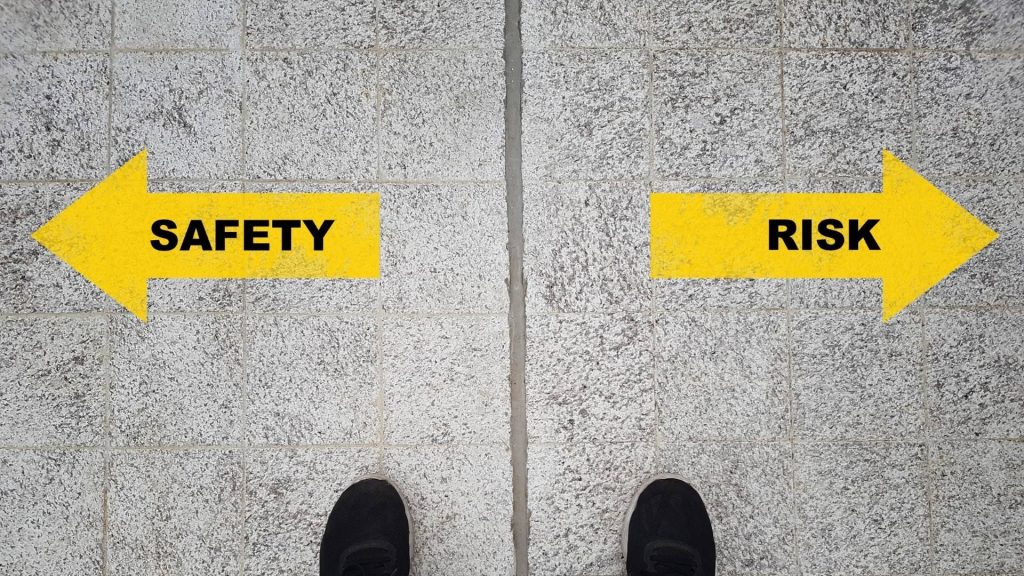
How can geofencing help with business security and workplace safety?
Employers have a duty to their staff to keep them safe at work, wherever that may be – even at home. Some roles are, of course, more traditionally well-known for being remote or require people to work alone, like field technicians, couriers, and care workers.
Every role comes with its own unique risks that require planning and mitigation for workplace safety, even working in an office. Many of those recognised as lone workers are provided with safety equipment like personal alarms and monitoring devices (which we’ll talk about shortly) to help protect their welfare, as there may be more inherit risks that come with being alone like threats of violence or personal injury.
Since the start of the Pandemic, working from home and working alone have gone from the exception to becoming routine. In 2020 approximately 5.6 million people worked mainly from home in the United Kingdom, rising up from around 4.6 million in 2019 (Statista). It’s a trend that many of us expect to continue growing, with a raft of employers moving forward with plans for remote-based or hybrid home/home office system for their workers. This puts many more people into this category of lone-working where the risks are likely to be different to those we usually experience in the office.
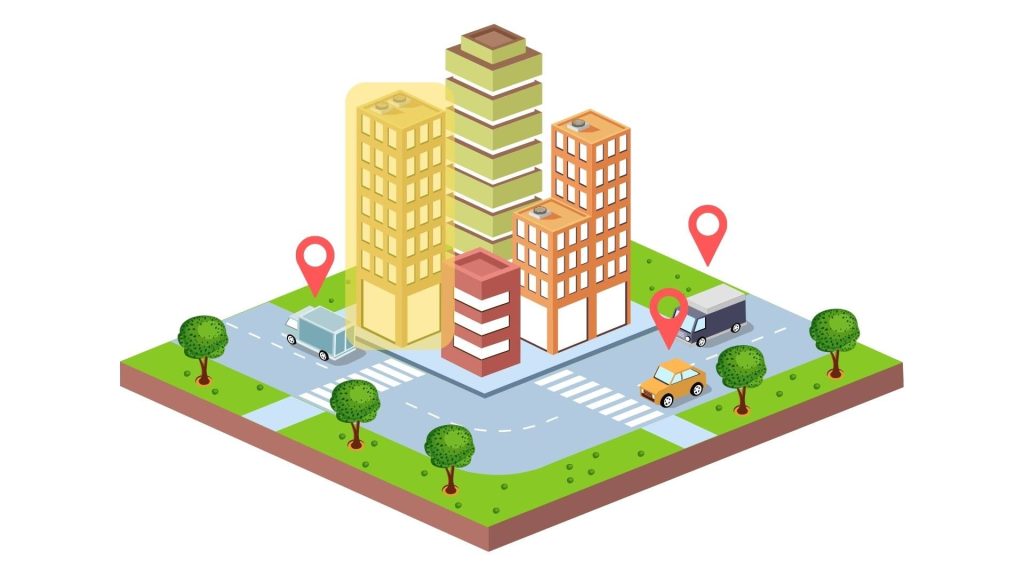
So, what is Geofencing and how can it support lone and home workers?
To explain how geofencing helps in maintain workplace safety for long and home workers, we’re going to put the spotlight on a personal safety solution that uses this technology. Here are three great examples of how geofencing can be used to help and where employee location tracking plays an important role.
The image below is a screenshot from the Securitas Personal Safety application, which enables employers to identify and mark permanent and/or temporary areas where users (their employees) might not be safe or may encounter danger from entering. Users who enter/or exit into a marked geo-zone will be notified via push notification on the app on their mobile device with a message that may also describe the potential threat level and duration. The same could also be said for when an employee leaves the safety of a pre-determined geo-zone unexpectedly.
Another scenario could be if there is an issue within an area where geofencing is in place, like an industrial facility. The personal safety app will help admins (like a site manager or security manager) identify how many people are in that zone or even designated sub-zones at any given time and who they are. So, if there was an emergency, like a fire, they could be sent a warning on their smart device and be tracked if they’re left behind for any reason.
The important thing to remember is that technically any area can be set up as a designated zone with geofencing and it can be determined by users. This feature can give you quick access and coverage to help you manage your space more safely.
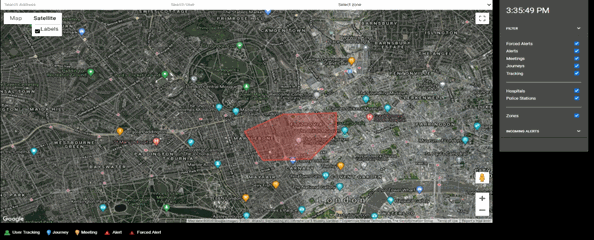
Using geofencing features within a personal safety solution like means that staff are covered at all times while the app is running. They can be tracked, notified and raise alerts whenever the situation requires. This helps to give them and their employers peace of mind that everybody is working in a safe environment.
You can rest more assured knowing that your business is covered 24/7 by a fully accredited alarm receiving centre with a team of expert staff who are ready to respond to any alert.
How can Southern & Northern Monitoring help?
To discuss the Southern and Northern Monitoring products and services you can provide to your clients, please complete the form below, give us a call on 0844 871 2223 or complete the form below.
We also offer a wide range of security solutions for homes and businesses, such as guard replacement, CCTV, personal safety, fire detection, and intruder alarm monitoring.
